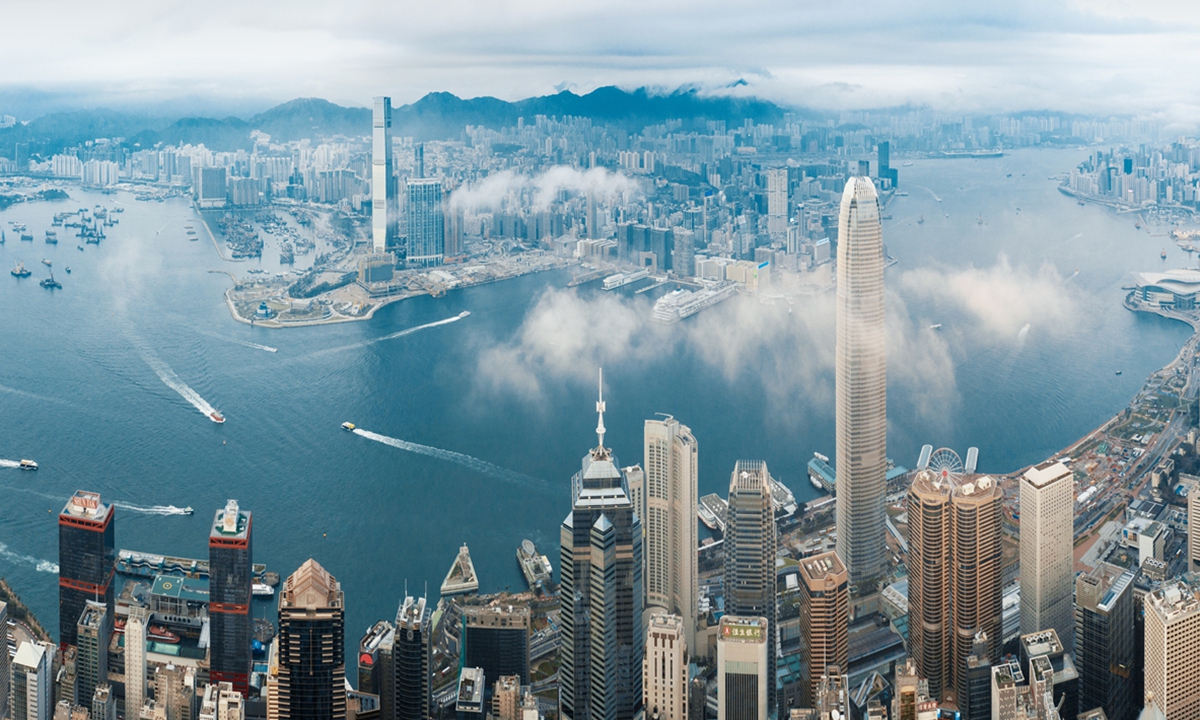
The view of Hong Kong Photo: VCG
The Chinese central government announced on Saturday a new policy that allows travelers from eight more cities in the Chinese mainland to visit the Hong Kong Special Administrative Region (HKSAR) as individuals.
The move was strongly welcomed by both officials in the HKSAR and visitors from the mainland cities.
Pang Yiu-Kai, chairman of the Hong Kong Tourism Board (HKTB), welcomed the move, saying that the latest expansion is a “gift” for the sector, and Beijing’s decision to update the program twice in three months reflected its “full support and confidence” in Hong Kong’s development, according to the South China Morning Post.
The HKTB will roll out some “large-scale events” and step up promotions in the mainland cities and invite tourism representatives to come to Hong Kong, Pang said.
With the addition of the eight cities, the number of applicable mainland cities under the “Individual Travel” plan will increase from 51 to 59. The added cities are Taiyuan, Hohhot, Harbin, Lanzhou, Yinchuan, Lhasa and Xining.
Experts said that with more and more mainland cities opening up for individual travel, Hong Kong will attract more tourists from the broader mainland market. Closer exchanges between Hong Kong and the mainland will inject new vitality into the local tourism industry.
HKSAR Chief Executive John Lee expressed his gratitude with regard to the central government’s care for Hong Kong and its support for Hong Kong’s advance from stability to prosperity, according to the website of the HKSAR government.
Lee noted that various measures have been rolled out this year to support and benefit Hong Kong. The latest move will boost tourism and the economic development of Hong Kong, and facilitate people-to-people bonds between the mainland and Hong Kong.
Hong Kong’s Mass Transit Railway welcomed the addition of the new cities and said it was dedicated to providing high-quality, convenient cross-boundary services.
This new arrangement will attract more mainland tourists to Hong Kong, and Hong Kong’s overall economic development will benefit from the tourism boom, Yang Yong, deputy director of the College of Economics and Management at East China Normal University, told the Global Times on Sunday.
The surge in Hong Kong’s inbound tourism was a key factor driving the city’s economic growth, Yang noted.
About 766,000 visitors from the mainland visited the city during the just-concluded May Day holidays, which ran from May 1 to 5.
The city recorded an increase of 22 percent in passenger trips compared with the same period last year, a spokesperson for the HKSAR said on May 6.






 Damaged houses are seen after flash floods and cold lava flow from a volcano in Tanah Datar, West Sumatra, May 12, 2024. /CFP
Damaged houses are seen after flash floods and cold lava flow from a volcano in Tanah Datar, West Sumatra, May 12, 2024. /CFP 
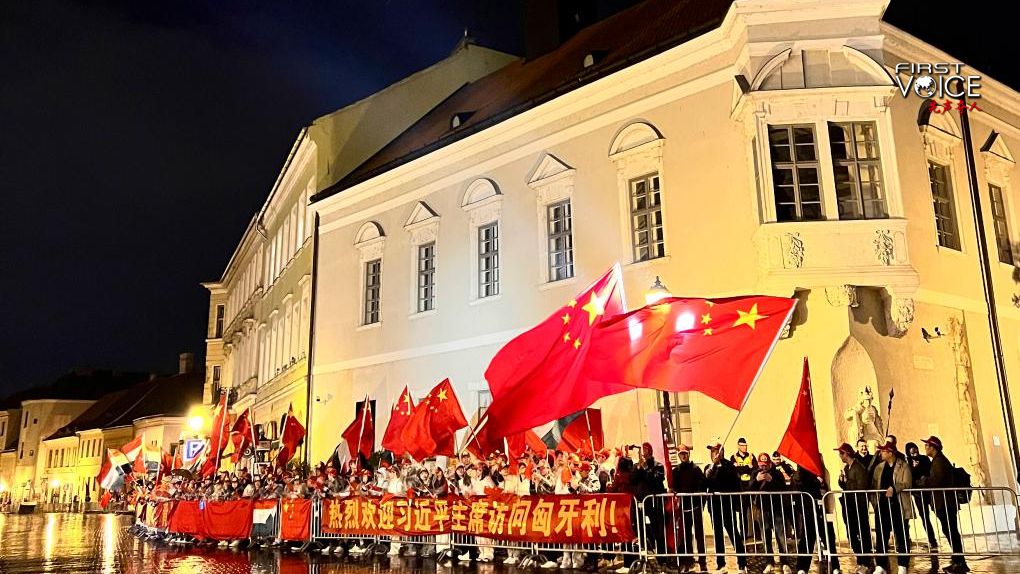 People welcome Chinese President Xi Jinping in Budapest, Hungary, May 8, 2024. /Xinhua
People welcome Chinese President Xi Jinping in Budapest, Hungary, May 8, 2024. /Xinhua 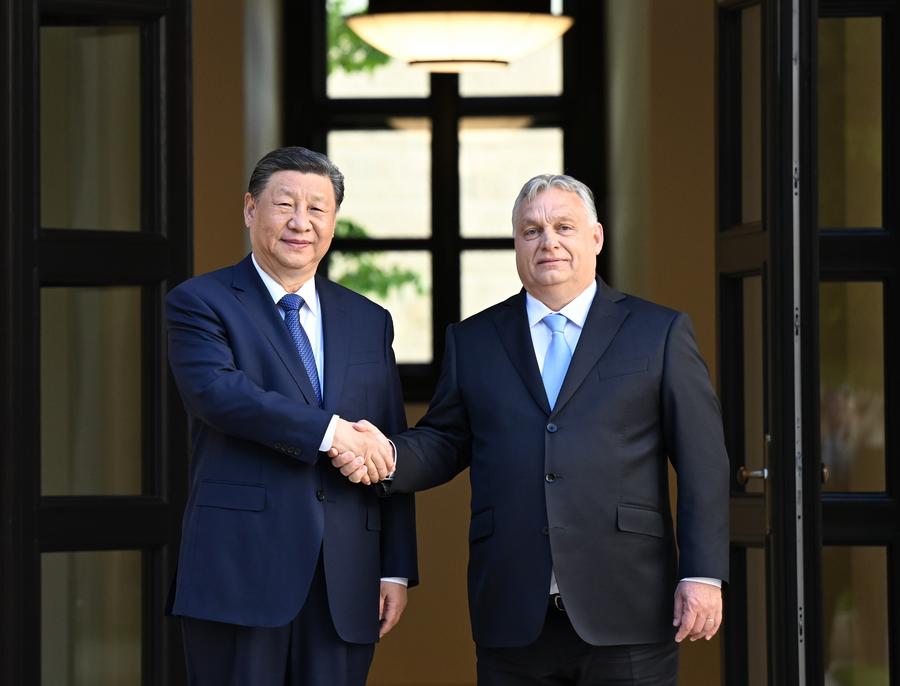 Chinese President Xi Jinping holds talks with Hungarian Prime Minister Viktor Orbán in Budapest, Hungary, May 9, 2024. /Xinhua
Chinese President Xi Jinping holds talks with Hungarian Prime Minister Viktor Orbán in Budapest, Hungary, May 9, 2024. /Xinhua 
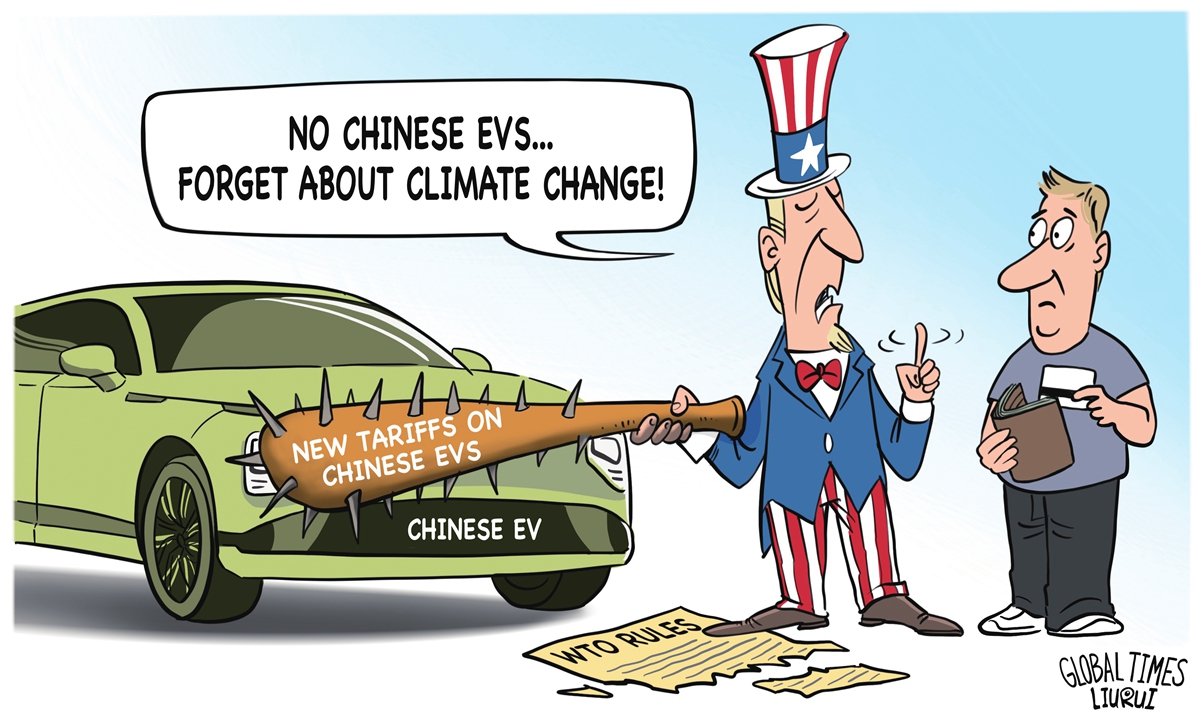

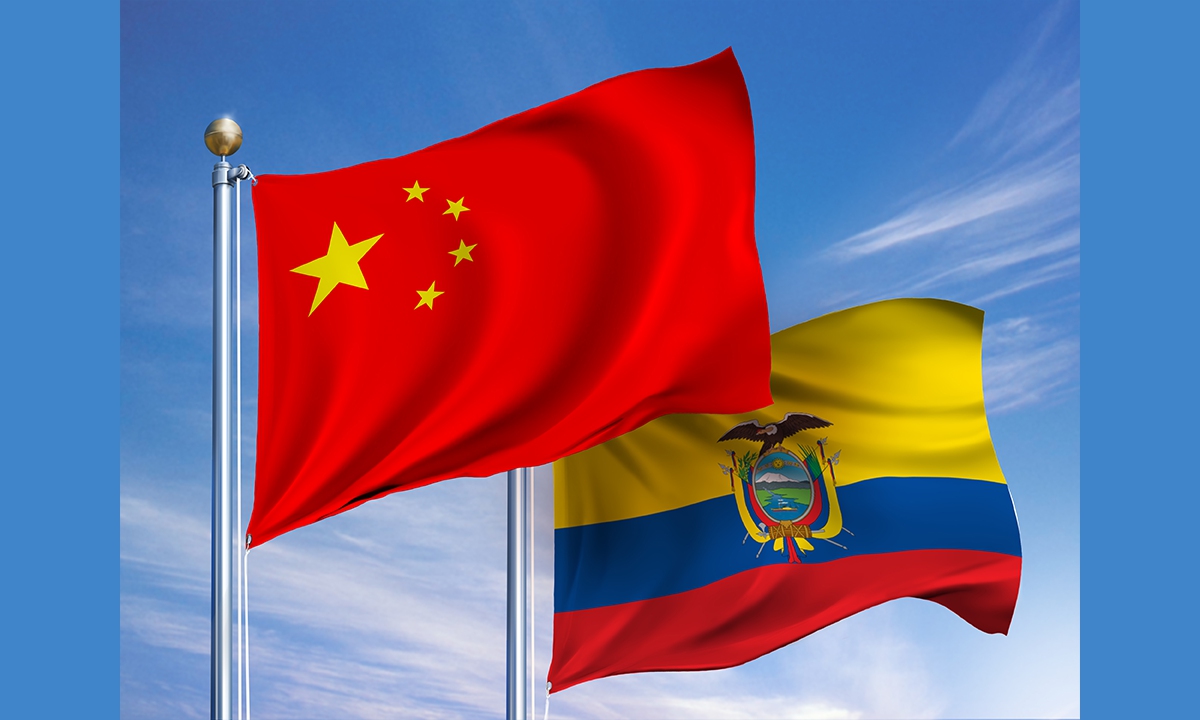
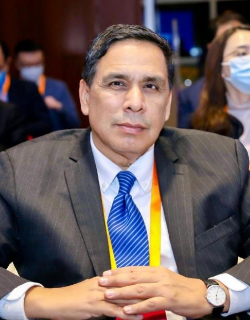

 Twitter’s official profile on a smartphone screen features the white letter X on a black background, Berlin, Germany, July 24, 2023. /CFP
Twitter’s official profile on a smartphone screen features the white letter X on a black background, Berlin, Germany, July 24, 2023. /CFP 
